Dark Rey: The Vision, the Symbol, and the Power That Might Have Been
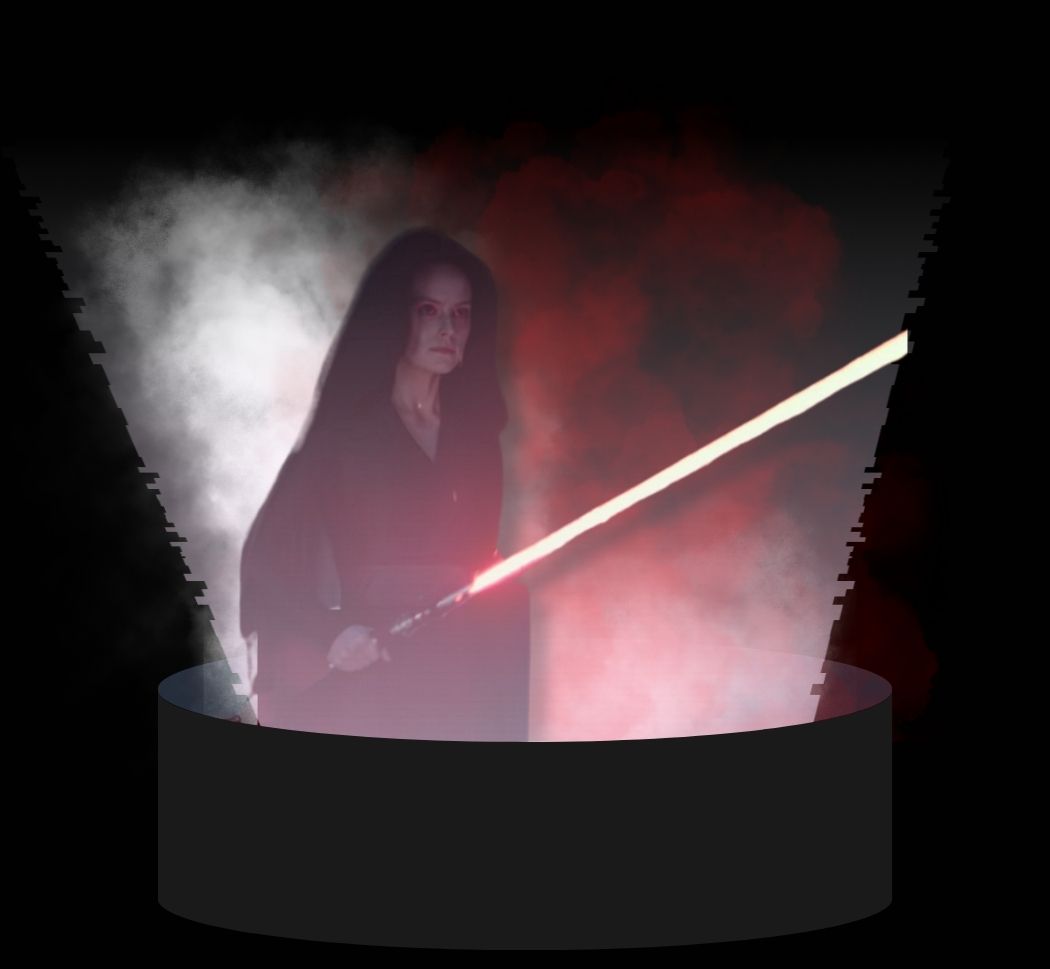
Dark Rey, a vision seen in The Rise of Skywalker, symbolizes Rey’s fear of falling to the dark side. Dressed in black robes and wielding a red double-bladed saber, she mirrors her inner conflict as the granddaughter of Emperor Palpatine. Her brief appearance dramatizes temptation, legacy, and choice. The saber’s fold-out design evokes Sith aggression, and her fighting style hints at Form VII. Though just a vision, Dark Rey inspires theories about alternate realities, symbolism, and her possible evolution as a Sith—a haunting “what if” that continues to captivate Star Wars fans.
Dark Rey: The Vision, the Symbol, and the Power That Might Have Been
Dark Rey briefly appears in Star Wars: The Rise of Skywalker as a haunting vision during one of Rey’s most pivotal moments on the wreckage of the second Death Star.
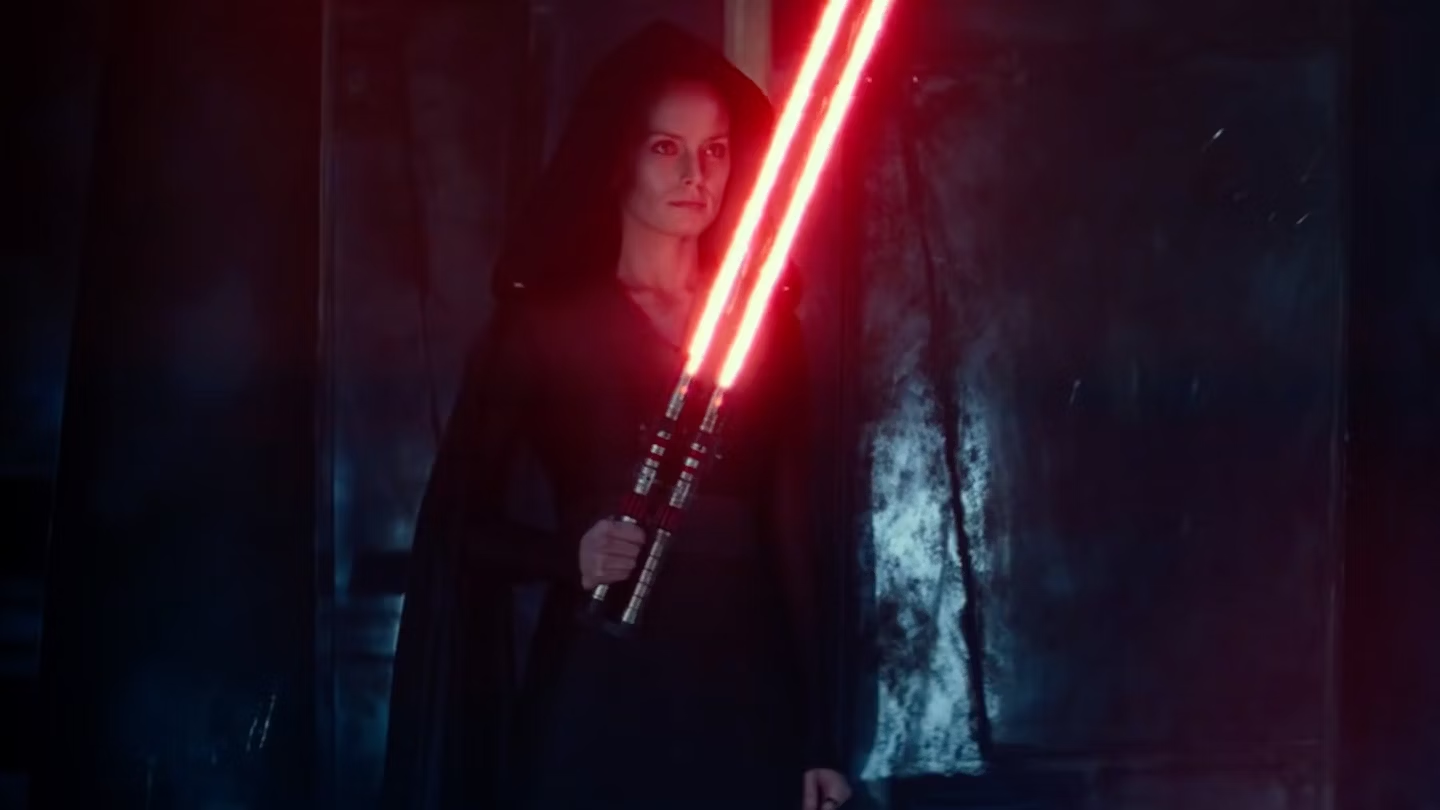
This dark reflection of Rey captivates audiences with its striking aesthetic—draped in shadowy black robes, bearing pale skin marked with Sith-like fang tattoos, and wielding a double-bladed red lightsaber with a fold-out design.
Though her screen time is fleeting, Dark Rey instantly became iconic, symbolizing the fierce inner struggle faced by Rey and echoing the series’ ongoing battle between light and dark.
Her presence resonates beyond the brief scene, leaving fans intrigued by what Dark Rey represents and what her power and new saber could have meant for the saga.
The vision’s visual impact and symbolic weight have generated widespread discussion, making her a potent symbol of temptation and identity in Star Wars lore.
She stands as an embodiment of the dark side’s allure—simultaneously a warning and a tantalizing glimpse of a path Rey almost walked.
Origins of the Vision: Rey’s Journey and Inner Conflict
The vision of Dark Rey emerges from the complex emotional and spiritual turmoil Rey experiences throughout the sequel trilogy, rooted deeply in her lineage as Emperor Palpatine’s granddaughter.

From the moment Rey learns of her dark heritage, she battles with the fear that her fate is predetermined—that darkness is an inescapable inheritance rather than a choice. This internal conflict forms the core of her journey, where hope and fear wage war inside her soul.
Star Wars has long used visions of the dark side to symbolize the inner struggles of its heroes.
Luke Skywalker’s trial in the Dagobah cave and Anakin Skywalker’s prophetic nightmares serve as precedents, showing how the Force manifests a character’s fear of falling.
Dark Rey fits this tradition as a powerful metaphor for Rey’s doubts and the potentially destructive path tempting her at every turn. Her dark reflection is less a separate entity and more a mirror of her deepest fears and possibilities.
The Scene on the Death Star Wreckage
The encounter with Dark Rey takes place amid the eerie, rain-drenched ruins of the second Death Star on the ocean moon of Kef Bir—a landscape laden with the weight of galactic history and loss.
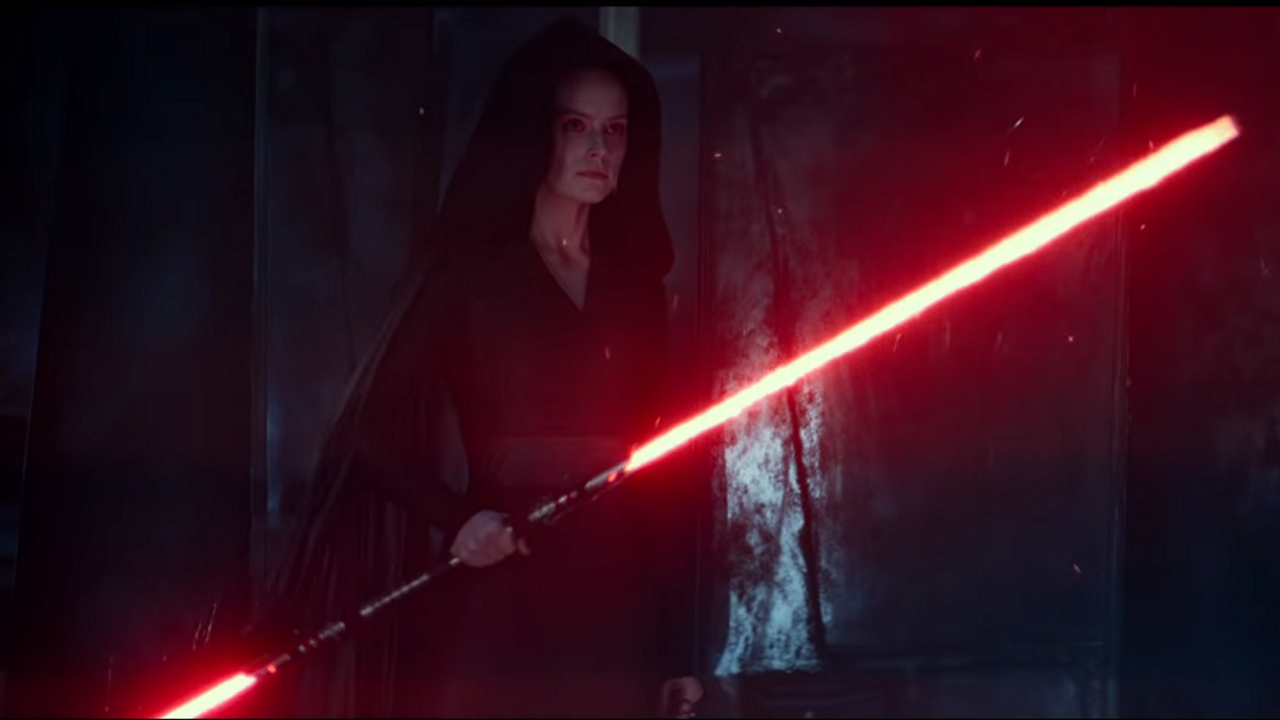
Rey searches for the Sith Wayfinder to locate Palpatine, but instead finds herself face-to-face with the sinister projection of what she might become if she surrenders to the dark side.
This moment externalizes her internal battle through a tense, elemental duel.
The clash between Rey and Dark Rey recalls classic Jedi confrontations with their darker selves, reinforcing the theme of self-conflict inherent in Jedi training.
The duel itself is rapid but intense, showcasing Dark Rey’s aggressive fighting style and brutal intent, while Rey struggles to resist and regain control.
This scene vividly dramatizes how the temptation of the dark side is as much psychological as physical.
The Symbolism of Dark Rey
Dark Rey symbolizes the universal fear of losing oneself to darkness, embodying temptation, identity crisis, and the haunting question of legacy. She personifies the internal battle between hope and despair, light and shadow—an ongoing motif in Star Wars that explores the duality within every Force-user.
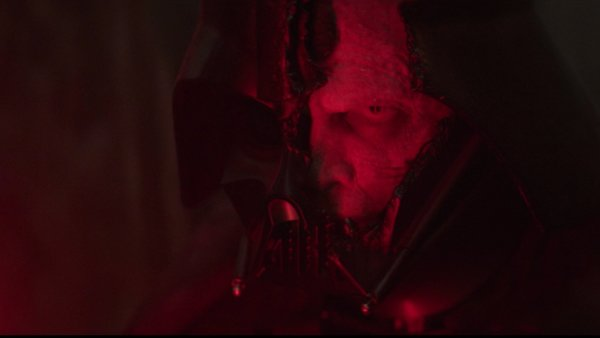
This duality questions whether one is bound by ancestry or empowered by choice.
The image of Dark Rey parallels other pivotal characters’ flirtations with darkness, notably Anakin Skywalker’s tragic fall and Luke Skywalker’s momentary seduction by Vader’s power. Her form represents the consequences of giving in to fear and anger but also the possibility of overcoming them.
Dark Rey crystallizes the saga’s message that identity is not fixed but forged through conscious decisions amid adversity.
Dark Rey’s Double-Bladed Red Lightsaber: Design and Meaning
Dark Rey wields a menacing double-bladed red lightsaber with fold-out hinged sections, an unusual weapon that visually and thematically connects her to daunting dark side forces.
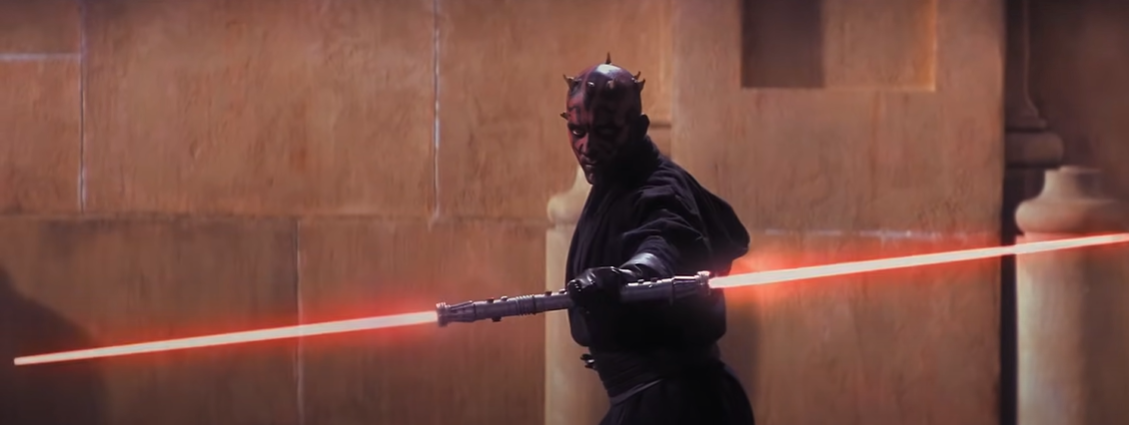
The design obviously evokes the iconic double-bladed saber of Darth Maul and the aggressive weapons favored by Inquisitors, linking her to Sith tradition and ferocity.
The foldable nature adds an element of unpredictability and mechanical sophistication.
The unstable red blade color suggests a bled kyber crystal, a hallmark of Sith construction achieved by channeling hatred into corrupting the crystal’s power, further emphasizing her dark alignment. This weapon contrasts sharply with the yellow lightsaber Rey eventually builds, which symbolizes balance, renewal, and her own distinct path as a Jedi.
Her Dark Rey saber thus serves as a dark mirror to her true, self-forged legacy.
Alternate Futures: What If Dark Rey Had Been Real?
Had Dark Rey been a tangible reality rather than a vision, she might have displayed formidable Force abilities reflecting pure Sith aggression and mastery.
Given her lineage and raw potential, it is plausible she would have excelled in aggressive combat forms such as Form VII—Juyo or Vaapad—used by Sith and Jedi luminaries like Darth Sidious and Mace Windu. These styles emphasize ferocity and channeling passion into precise, devastating strikes.
As a dark mirror to Kylo Ren, Dark Rey could have represented a Sith contender rising to challenge or even replace established Sith heritage.
She might have further evolved the Sith legacy with a blend of raw power and strategy, perhaps exploiting her unique heritage in ways neither Sidious nor Ren had envisioned.
This alternate Rey would embody the “what if” of the dark path—a terrifying, captivating force of destruction.
Fan Theories and Expanded Lore Speculation
Fans have enthusiastically speculated about Dark Rey’s nature, linking her to multiverse and alternate reality concepts popularized by Star Wars’ expanded lore, including the World Between Worlds and other metaphysical dimensions.
Some posit that Dark Rey represents not merely a vision but a Force manifestation testing Rey’s resolve and moral compass, challenging her to reject darkness definitively.

Parallels have been drawn to other characters with jagged light-dark dualities from Legends, such as Revan and Starkiller, whose identities blurred the line between Jedi and Sith.
Dark Rey’s existence extends this motif, inviting interpretation of the Force as fluid and complex rather than strictly dualistic. Her fleeting presence sparks expansive fan debate about destiny, choice, and the balance of power.
Visual Aesthetic and Cinematic Impact
Dark Rey’s costume design reinforces her Sith-like nature: jet black robes, stark pale skin, and distinct fang tattoos reminiscent of Sith markings create an unsettling yet captivating look.
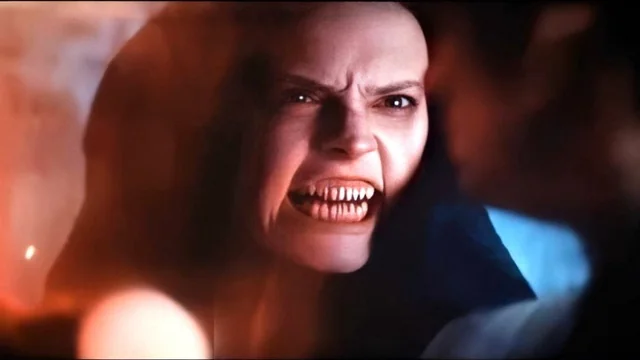
Her appearance in The Rise of Skywalker trailers generated immense buzz, quickly becoming a viral phenomenon and fan favorite for cosplay and art.
The dark aesthetic communicated power and menace instantly, signaling Rey’s internal threat.
This visual impact extended to merchandise, where action figures and collectibles of Dark Rey saw strong demand.
Cosplayers worldwide embraced the challenge of recreating her intricate look, from the hooded cloak down to the weapon’s mechanical intricacies. Dark Rey thus transcended her brief scene to become a cultural icon within the franchise’s visual lexicon.
Comparison to Other Dark Side Visions in Star Wars
Dark Rey fits into a long tradition of Force users confronting dark reflections or disturbing visions.
Luke Skywalker’s encounter with his Vader-like self in the Dagobah cave in Empire Strikes Back challenged his readiness to face the dark side. Similarly, Ezra Bridger’s vision of a corrupted Kanan Jarrus in Star Wars Rebels externalized his fears of loss and failure.
Anakin’s haunting Force dreams about Padmé’s death were crucial in sealing his tragic fall, playing on his deepest anxieties.
Dark Rey’s vision operates on the same psychological level, dramatizing internal battle as a physical confrontation.
These moments emphasize Star Wars’ thematic core: the perpetual choice between yielding to darkness or clinging to hope.
Rey’s True Path and the Rejection of the Dark
Dark Rey’s defeat during the duel signals Rey’s ultimate rejection of the dark side and her affirmation of a new Jedi identity forged on her own terms rather than predestined by blood.
This choice culminates in her crafting the yellow lightsaber—an emblem of renewal, balance, and individuality within the Jedi tradition. Her path contrasts sharply with the corrupted legacy she fears inheriting.

This rejection underlines Star Wars’ enduring message that the future is not dictated by heritage but by choices.
Rey’s journey from doubt and temptation to empowerment embodies hope conquering fear, illustrating that legacy can be transcended by determination.
Through this, Rey secures her place as a beacon of light in a galaxy shadowed by darkness.
Final Thoughts: The Legacy of Dark Rey
Though Dark Rey exists briefly on screen, her legacy endures powerfully as a tantalizing glimpse of possibilities and a cautionary symbol of inner conflict.
She personifies the “what if” scenario of a protagonist succumbing to darkness, serving as a stark visual and thematic counterpoint to Rey’s eventual heroism.
Her image haunts the imagination, embodying the thin line between salvation and ruin.
Dark Rey’s impact transcends the film itself, influencing fan interpretations, creative works, and the ongoing exploration of identity in Star Wars mythology.
While her role was brief, the shadow she casts reveals the franchise’s commitment to complexity and the enduring relevance of the struggle between light and dark within every hero’s journey.








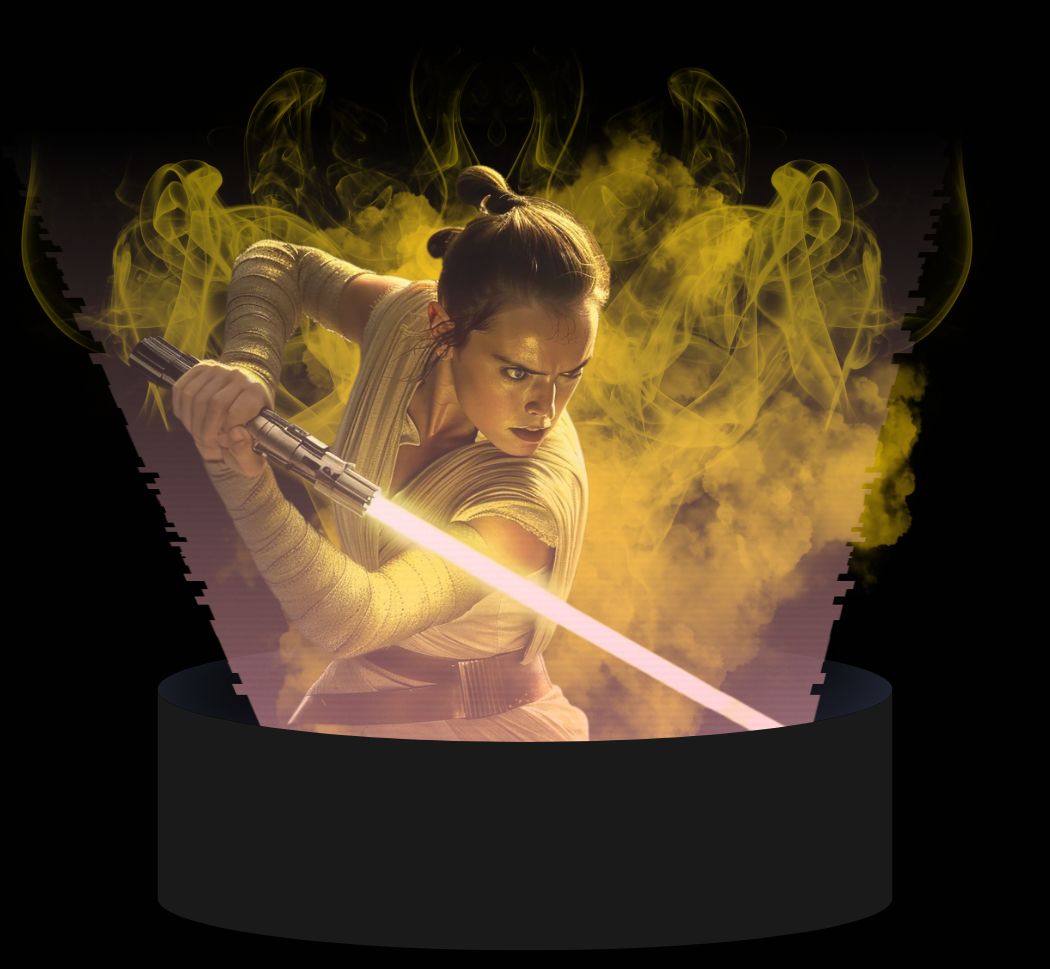






.jpg)
